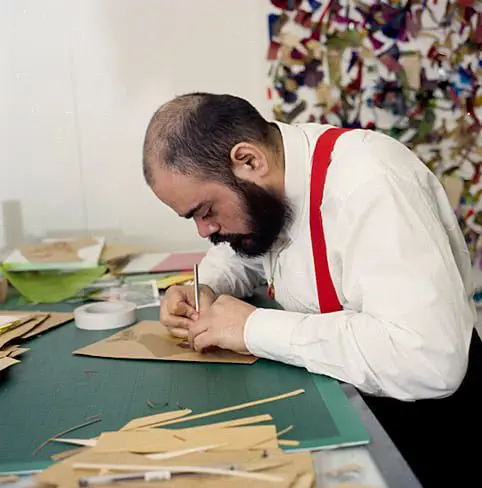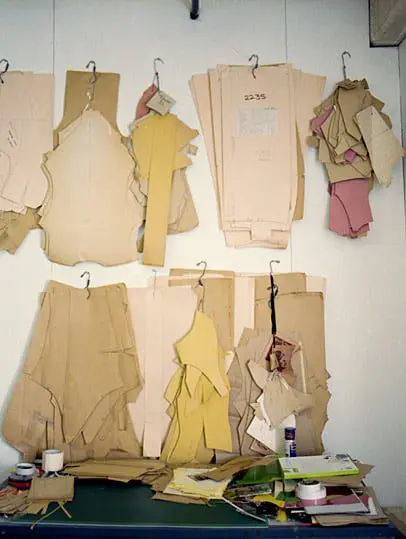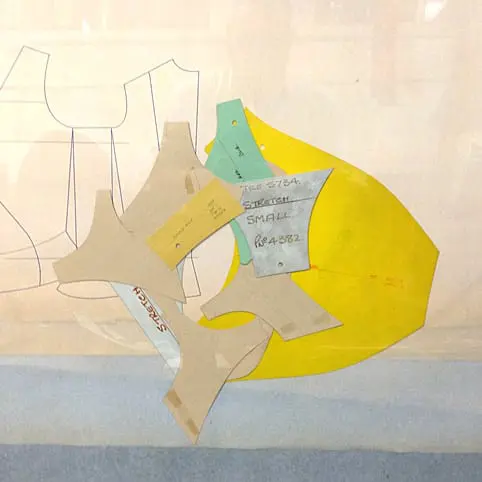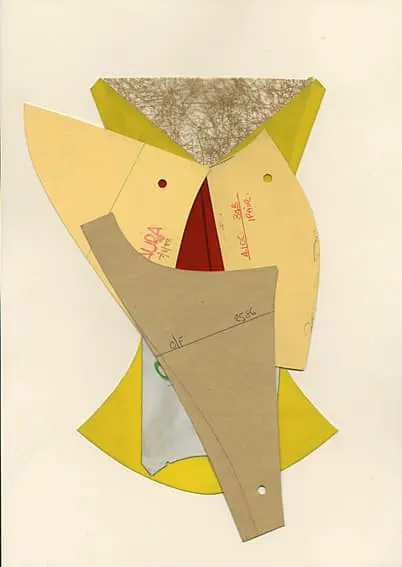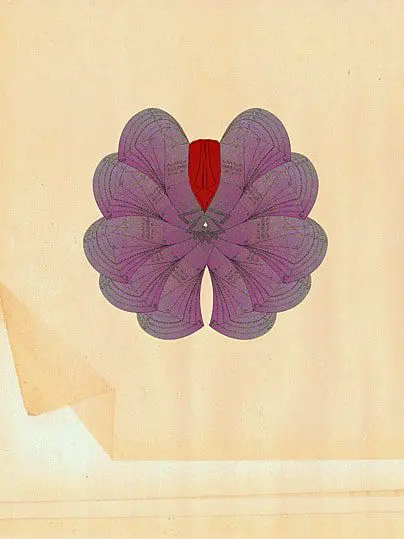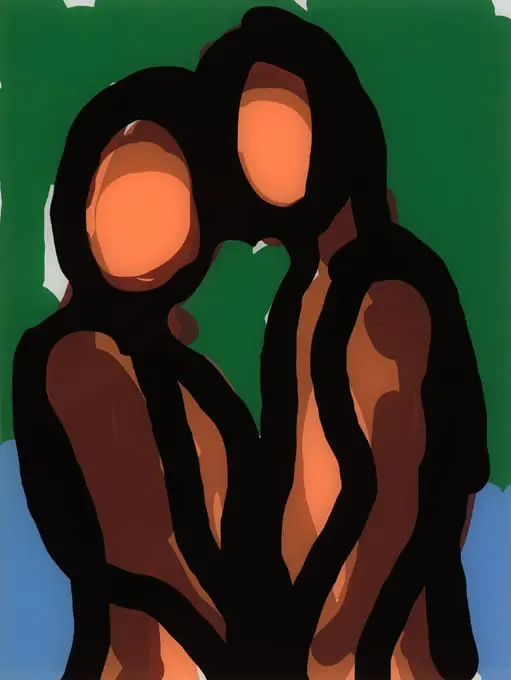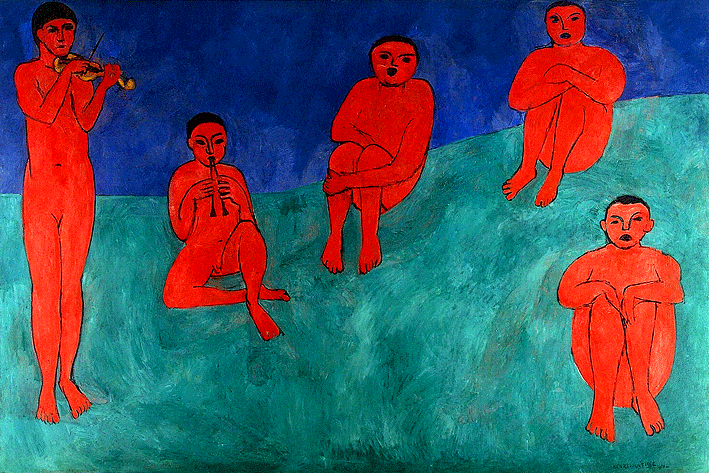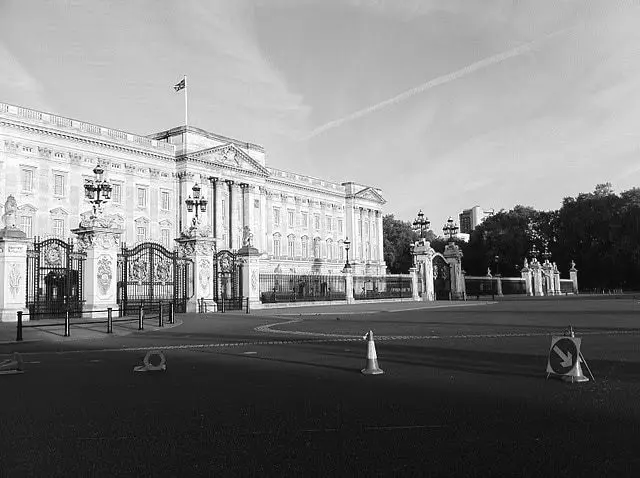FLUX meets with Hormazd Narielwalla – one of the exhibiting artists at COLLECT: The International Art Fair for Contemporary Objects
Hormazd Narielwalla is one of the artists exhibiting in the Project Space at the COLLECT show at the Saatchi Gallery, London between 10 and 13 May. Narielwalla is currently artist in residence at Margaret Street Gallery, where he will also have a solo show later in the year.
Narielwalla is predominantly a collage maker, known for revitalising bespoke Savile Row tailoring patterns as unique paper collages. The tailoring patterns become the focus of his artwork, exploring a new value for the pattern by looking at them as historical documents and drawings in their own right. He describes his artistic intention as a way to “interpret and communicate patterns as abstract shapes of the human form” and to “narrate untold tailoring stories”. For COLLECT, he will exhibit the Love Garden works. These are a series of paper sculptures made from military tailoring patterns. These works were derived from the research he had undertaken in during his doctorate degree at London College of Fashion. The use of military patterns is a reference to his adolescent passion for an officer character in the television series The Far Pavilions. On reflection, Narielwalla believed he was always drawn to the masculine formality of the uniforms. He began to view the military patterns as abstractions of the officer he fantasised about, and created a series of delicate abstract ‘love gardens’ as a way to embrace his innocent yearning of an ideal form.
FLUX met with Narielwalla in his studio at Margaret Street to discuss his work, the upcoming exhibition and to see the final sculptures that he has been working on.
FLUX: Could you talk briefly about your university study and how that developed into an artistic practise.
Hormazd Narielwalla: I decided that I wanted to be a menswear designer in the final year of my BA at the University of Wales. I came to London to do an MA at the University of Westminster. It was a very interesting course that recruited people who didn’t know what art form they fit into. I knew I wanted to be in menswear but I didn’t know as what, or how. I came across some Savile Row patterns that were about to be shredded by the tailor. They had been made for customers who were now dead and were now no longer needed. This left a profound effect on me. So I took them back to university and began looking at them, photographing them and scanning them. I decided to not create a collection for my final piece but instead make a book. My career then evolved from a fashion background into an art practise. It took me a really long time to actually call myself an artist because I didn’t have that art history background, I didn’t have any knowledge about different movements in art theory. I don’t really care if my work is high or low art, I’m capturing a feeling. People are responding to what I’m doing – so – I must be doing something right!
FLUX: What particularly attracts you to Savile Row?
Hormazd Narielwalla: I like old school, classic values. The reduction and consumerism of the high street has meant people don’t really take care of their clothes anymore. I find it strange. No one asks how their clothes have been made, or what they are made from. In Savile Row everything is made in London. You can meet the tailors, you can meet the finishers. Even though I now make art out of other patterns that I have acquired, I keep going back to Savile Row for inspiration and for a creative boost. There is a charm in Savile Row that I don’t think will ever die.
FLUX: Do you find it difficult to negotiate between the pattern of the suit, which has already been prescribed, and your role as an individual artist?
Hormazd Narielwalla: I think that’s what makes my practise unique. I’m responding to an object that already exists and then making it my own. It’s a new version of a photographic collagist process. They are very dependent on the photograph but it is their methodology that makes it unique. It feels very personal. Last January, I acquired fifty dead men’s patterns and I travelled with them on the train back to my studio. I really felt like I had fifty dead men with me. I returned to the concept of death and made skulls out of them in remembrance, a sort of memento mori. Each skull is made from a different pattern; like our bodies, they appear similar but they are all unique. So yes, I am sensitive to the nature of the pattern. It dictates the outcome, but also how I respond to them and how I feel about them. My work is informed and research based, but intuition is also a crucial factor.
FLUX: How are you responding to new patterns then, for example the use of lingerie in Love Garden?
Hormazd Narielwalla: I’m trying to understand the material, the materiality of them, where they came from and what they represent. I made abstract vaginas simply because lingerie patterns cover female anatomy. When they announced the legalising of gay marriage, I made pieces with two vaginas together as a way to respond to the time and current affairs. Everything goes back to the pattern – it is the start, the media process and the finish.
FLUX: The COLLECT exhibition at Saatchi Art Gallery has been publicised as “the international fair for the contemporary object” – how does the term object apply to your practise? Is the object what you have made or is the object the pattern that has existed before?
Hormazd Narielwalla: That’s a good question; it’s something I’ve had to think hard about. I’m mainly a 2D collage artist and only recently moved into the territory of sculpture. My artistic proposition is that the pattern in itself is a beautiful object, but the treatments that I’m doing are also beautiful in their own right. At COLLECT, some patterns will hang as they are, to show people that they are drawings and objects in their own right. The sculptures represent what I can do with them. I believe that other artists would be able to pick up these patterns and respond to them in different ways. It’s all about a creative process. There are certain patterns that I refuse to cut up because there is too much history within them. When I know the sources, I like to say where they are from. A lot of craft and art goes into the making of the patterns; I like to credit their handiwork. I doubt these people would consider themselves artists, but I believe what they create is a form of art.
FLUX: Your work is sometimes displayed in perspex boxes like artefacts. How important for your work is the context that it is viewed in? What sort of spaces do you enjoy exhibiting in?
Hormazd Narielwalla: It depends. I even thought of doing street art if it wasn’t for the fact that it’s illegal. The venue and where its been exhibited plays an important role. I would love to take over the basement of a tailor and make it into one giant catacomb of skulls. For the sculptures for COLLECT, the choosing body wanted me to not have lids on the work; they wanted it to be as free as possible. A lot of installation based pieces I haven’t framed. Although we are not allowed to touch work, I think it’s important to feel the object by visually experiencing it as much as possible.
FLUX: What are your plans for the next year or so?
Hormazd Narielwalla: Margaret Street Gallery are going to host my solo show, I’m going to finish my PhD, and take a break! There are two artist books I have been working on to publish next year. One is with a tailor and the other is a collaboration with a writer. There are quite a few things in the pipeline. I would like to do more books but in a society like ours people don’t value books as much as they value a 2D piece on a wall. It’s sad, but that doesn’t stop me, I just have to work twice as hard to get it noticed!
For more information see:
COLLECT Saatchi 2017, Crafts Council
words Philomena Epps

